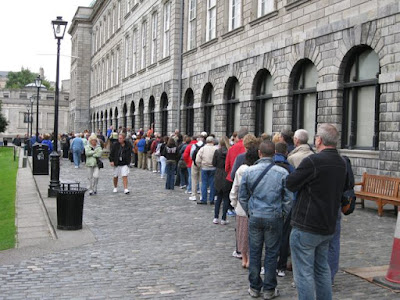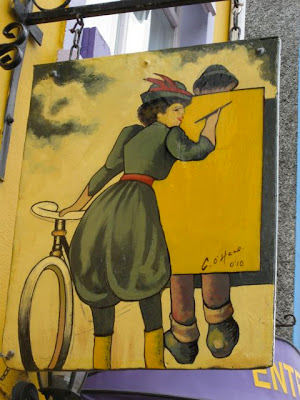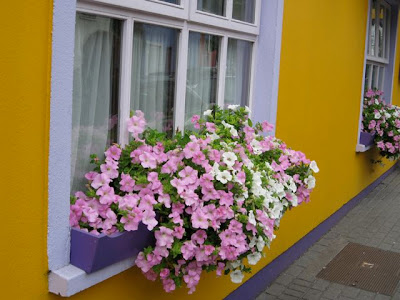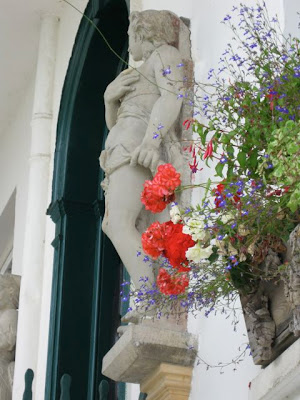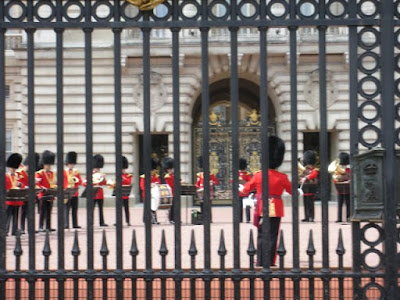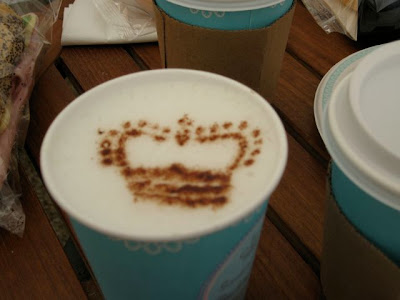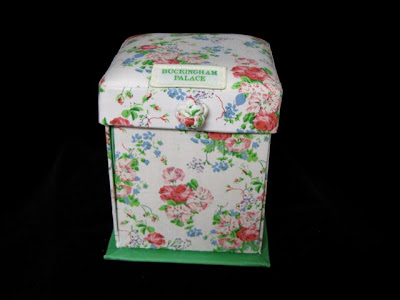

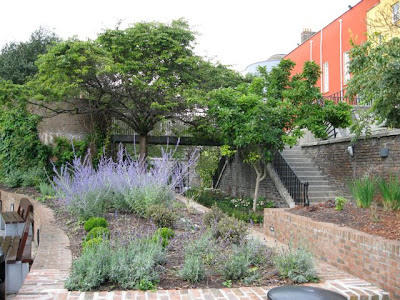




The Book of Kells was just the tip of the iceberg in Dublin. After our morning visit to Trinity College, we found our way to Dublin Castle and finally to one of Ireland's greatest treasures, the Chester Beatty Library. If you love books you must add this spot to your bucket list; I promise you won't be disappointed.
First of all, let me tell you a little about Chester Beatty. He was born in New York, and graduated from Columbia University as a mining engineer. (My husband, who is also all of these, felt an instant kinship.) Beatty headed west and started shoveling rock in Denver, worked very hard, and before long had built a successful consultant business based in New York. His first wife died of typhoid fever; Beatty left New York for London.
As a child, Beatty had collected minerals, bottles and stamps; as an adult, he moved on to Persian and European manuscripts. In a position to travel the world with his successful business ventures, he expanded to Japanese and Chinese, Egyptian and other bindings. He was particularly fond of highly illustrated books, fine bindings and beautiful calligraphy. In 1950, he moved to Ireland and built a library for his collection, which was given to a trust for the public when he died.
The Library consists of two floors of books and manuscripts. The first floor features the Arts of the Book which, at the time of our visit, had several books from India from the first half of the 17th century, mostly very small, so small you were provided with a hand magnifying glass so you could view the remarkable details of each page through the glass. The illustrations were absolutely breathtaking! The color, facial expression, costume detail and page composition were all exquisite. As no photographs were allowed, I'm reproducing several note cards I picked up in the gift shop just to give you an idea of what we saw.
On the second floor are the Sacred Traditions texts, including Jewish torahs and scrolls, early Christianity testaments, Islam, Buddhism and Hinduism manuscripts, Egyptian papyrus fragments and scrolls, along with videos that explain the various rites of passage for the different belief systems. There is also a lovely roof garden, and in the library book store there was a little niche filled with marbled papers and handmade books from last year's discovery in Florence, Il Papiro.
Outside the Library, there is a delightful walled garden with a view of the Castle and surrounding buildings. Nearly the entire day had passed, without stopping for lunch or noticing the time, and we had to rush to make our way back to one of the last shuttles to the ship. All in all, what a great day for enjoying book arts!




